The UK government-backed 5GRIT project is trialling technologies that could activate 5G in rural areas, bringing benefits for communities and farmers
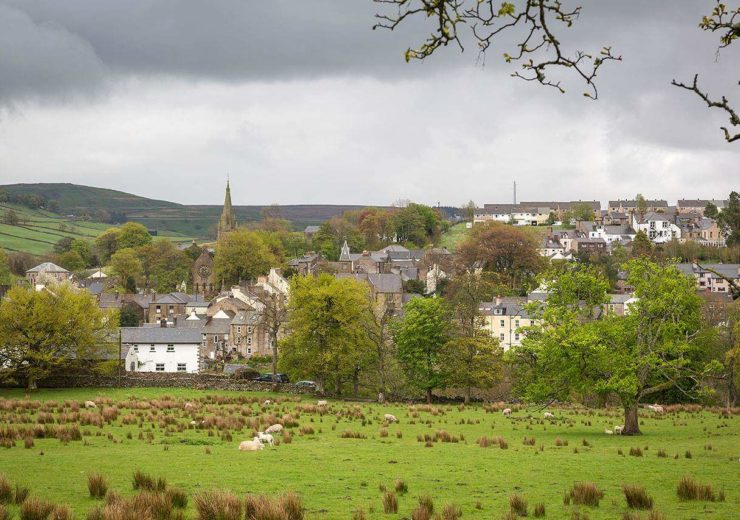
5G has been trialled in Alston and the surrounding area as part of the 5GRIT project (Credit: Visit Cumbria)
The noise on 5G is stepping up a gear, with new mobile phones on the way amid promises of lightning-quick download speeds. But rural communities continue to struggle to get the type of reliable connections that urban areas have enjoyed for the past decade. Dan Robinson visited a remote area in northern England to learn about how the technology could make a major impact.
Every morning, Adam Watson rises at about 5.30am, slips into his overalls and steps outside to check on his sheep.
Driving around his 1,500 acres of Cumbrian land on a quadbike, often battling against harsh wind and rain, can take two hours – or double that during the lambing season.
Throughout the course of a 12 to 14-hour day – repeated seven times a week – he will carry out the types of tasks that aren’t all too different to those encountered several decades ago, ranging from shepherding and caring for livestock welfare to welding and tractor work.
But someone involved in a government-backed project came to him with a proposal – using 5G connectivity to power high-speed connections between autonomous drones and sensors attached to livestock and buried into soil to give critical real-time feedback on animal locations and ground conditions for farmers to use.
Having already seen first-hand the benefits of technology – Watson already uses the Moocall calving sensor that is strapped to a pregnant cow’s tail to predict when she is most likely to give birth and prevent any problems, thereby preventing the need to be at her side 24 hours a day – he was only too keen to take another step forward into the digital era.
How 5G in rural areas can impact on farming
“If we can get 5G, I can do shepherding with a drone when it’s wet,” says the 45-year-old, who has been working on his dad’s cattle and sheep farm since his early teens.
“The animals don’t like the bad weather any more than you or I, and we can do more harm than good by shepherding them.
“But if you can fly a drone to check on the animals without disturbing them, it would save time and be easier for myself because I’m not going outside getting soaking wet.
“I could spend more time with my family or even go away for the day and do the shepherding from somewhere else.”
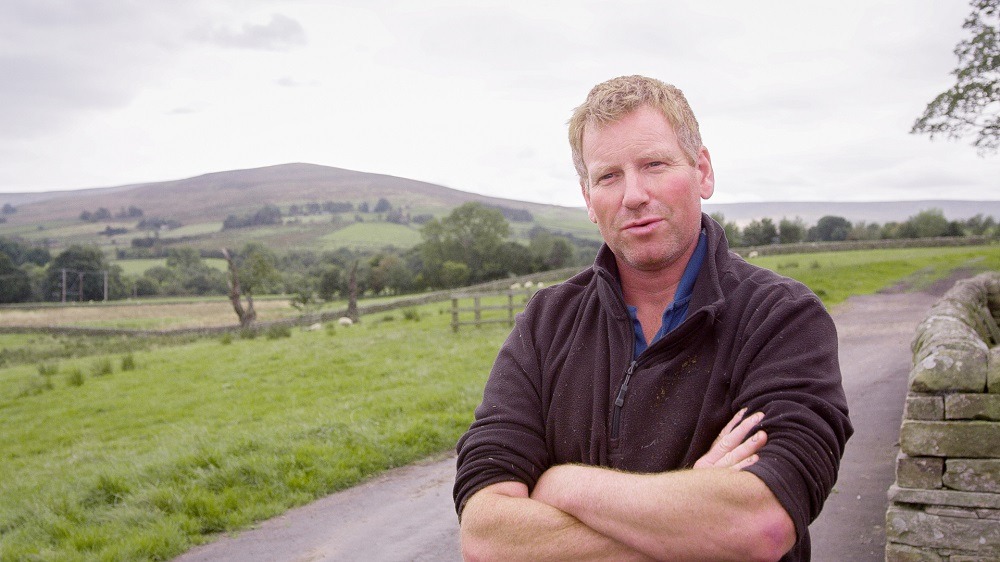
Such is the lonely life of a modern-day farmer, much of his day will be spent without much human interaction – posing both physical and mental health risks.
Father-of-two Watson – who says improved mobile connectivity has had a big impact on his everyday life in everything from registering cattle with UK authorities to keeping in touch with friends on social media – is particularly conscious about the danger of flipping his quad bike one day.
“There used to be a lot of people employed on farms but now much of it’s mechanised so there can often only be one person on the bike out shepherding,” he says. “No-one knows where he’s at and it could be ages before anyone raises the alarm.
“But if you could get a drone out to locate someone, it could save their life.”
What is 5GRIT?
Watson’s farm is just outside Alston, a small town on the Cumbria-Northumberland border in northern England that shares the title of “highest market town in England” with Buxton, Derbyshire, at about 1,000ft above sea level.
The area is being used as a testbed for a £4m project – part-funded by the UK’s Department for Digital, Culture, Media and Sport (DCMS) – that aims to reduce digital exclusion across rural communities, improve farming practices and boost tourism across England.
Known as 5GRIT (5G Rural Integrated Testbed), it is led by a partnership of small businesses and universities that have designed innovative new services being trialled in Cumbria, Northumberland, North Yorkshire, Inverness-shire, Perthshire and Monmouthshire.
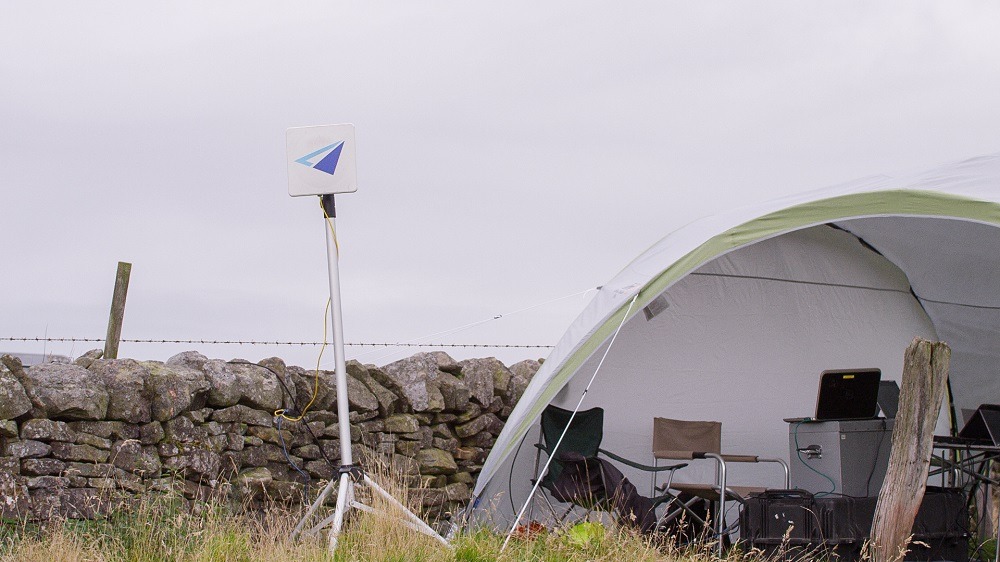
Eventually, it aims to demonstrate a business case for the government and commercial operators to bring 5G to rural areas across the UK, where only 41% of homes benefit from complete 4G mobile coverage compared to 83% of urban homes, according to Ofcom’s 2018 Connected Nations report.
Daniel Heery is project manager for Cybermoor Services, a social enterprise based in Alston that carries out work to improve connectivity in rural areas, and operations director for the consortium.
Previous projects have involved installing fibre-to-the-home cables along an old railway track bed to make it more cost-effective, as well as creating smart homes for elderly people so relatives can monitor their movements and condition via sensors.
“We work particularly in areas where phone connectivity isn’t particularly brilliant and we target people who aren’t necessarily tech-savvy,” he says.
“If we can make it work here, we can make it work anywhere.

“The government finds it difficult to get out to these places that are sparsely populated and because of the relatively low levels of population, the commercial providers can’t make a case to come and deliver services here.
“But we’ve shown by agile project management and working with the community, we could get superfast broadband deployed quickly in those areas.”
How does 5G in rural areas work?
The 5GRIT team is now testing how TV white space technology, which uses the vacant broadcasting frequencies in the wireless spectrum, could be adapted to deliver 5G broadband.
Between 2008 and 2012, the government switched off analogue TV signals and moved to digital, freeing up part of the TV radio spectrum.
Heery explains: “What’s important is that this bit of spectrum is also being used to deliver people’s digital TV services, so we have to see how we can co-exist with the BBC and ITV to deliver that rural broadband with a finite amount of spectrum.
“We’ve been investigating and feeding back to regulators and equipment suppliers about how it works because it’s only when you start doing it in real life that you understand what the problems are.”
A shed on Watson’s farm has also been fitted with radio equipment to transmit a 5G signal for a three-mile radius in the area.

The main purpose of this has been to connect drones with the smart sensors placed in fields and on animals.
Blue Bear Systems Research, a Bedford-based company that has designed and developed unmanned systems to be used in agriculture, has built a fixed-wing, battery-powered drone.
A camera attached to the autonomous craft can analyse crop health by following a series of waypoints added by an operator to set out a flying route.
Operations director Gavin Goudie says: “5G is a very important element because it provides a very robust communication system between the ground and air.
“At the moment, we can’t operate drones beyond visual line of sight, which is typically about 500m, so 5G will be a key enabler for us to go beyond that.
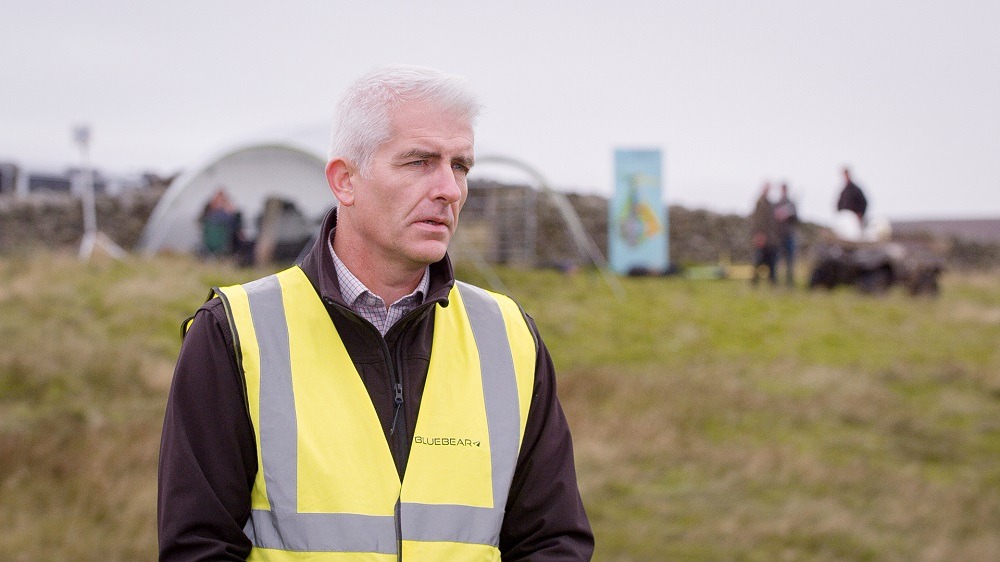
“Also, a farmer could be a custodian of the drone used for crop surveys and someone hundreds of miles away can take the data from the drone and give the farmer the answers they want immediately as a service.
“There’s this impression that technology is taking away jobs in agriculture but we’re making it easier for farmers.
“We can certainly reduce the time they need to spend out on the field – where they might drive five miles to close a gate, they can potentially do that with a drone system.”
Impact of 5G in rural areas on communities
The 5GRIT team’s trials have also involved fitting rural homes in Lincolnshire, Scotland and Wales with speeds of up to 30 megabits per second (mbps).
Given that it could potentially top out at 10 gigabits per second (gbps), this is hardly the speeds that 5G is promising its city-dwellers.
Even 4G can reach up to 100mbps, but the significance here is that people in the remotest countryside can often find themselves dealing with no more than 1 to 2mbps because the nearest BT telephone exchange in Alston is about five miles away.
Heery says: “It might not be superfast speeds but it’s stable enough for them to watch iPlayer rather than having the signal dropping out when it’s raining or the neighbour puts the kettle on.
“A poor internet connection means they can’t send and receive emails or do online banking and shopping – things people in urban areas take for granted – so we’re giving them a reliable connection that can improve their quality of life.”
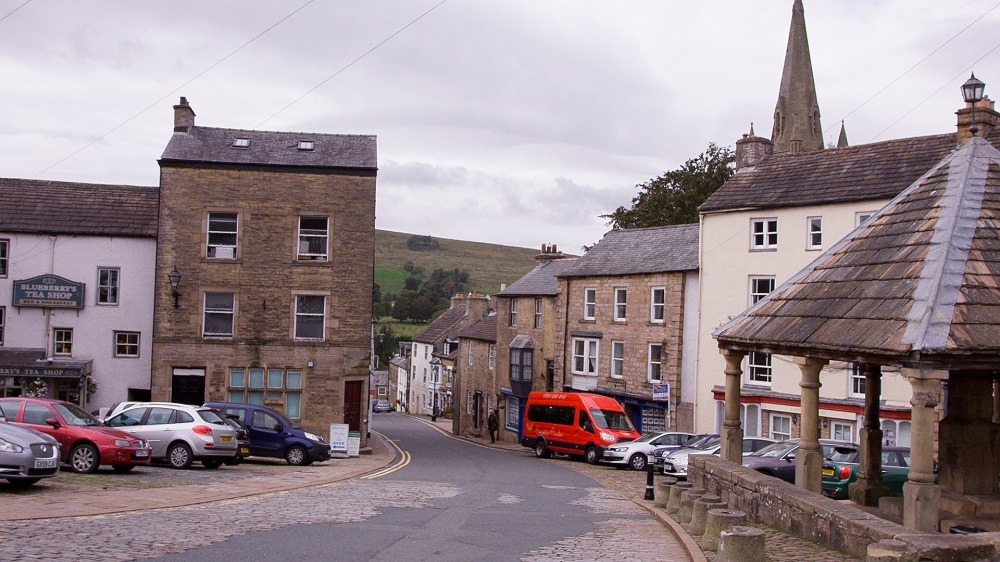
Past rural connectivity projects have provided fibre-to-premises broadband that brought communities in the Alston area out of the dial-up era to benefit from services like telehealth at a time when the local hospital has been threatened with closure, benefits, car taxing and online education.
“Increasingly, on the back of the internet connectivity improvements, we’re now seeing people being able to work two or three days a week in Manchester and then work remotely for the rest of the week,” adds Heery.
“Estate agents have told us that it’s been a big factor in house prices in the area going up and attracting people in cities like Newcastle who want to move out to the countryside.”
Ultimately, the 5G pilot in rural communities is just a small part of a wider national pilot for integrating the next-generation connectivity into the UK’s network infrastructure.
It is already being trialled in cities including London, Manchester and Birmingham, where telecoms companies like EE promise it will cut download speeds for a two-hour 4K definition film to less than 30 seconds and ensure steady connections in busy stadiums, train stations and festivals.
But while there is an acceptance that there just isn’t much of a business case for the major firms to bring superfast internet to remote locations – the domestic services in 5GRIT’s project are provided by specialist company Quickline, which installs antennas on individual properties to establish a connection – Heery believes there are actually stronger use cases in the countryside.
“The EE 5G advert says you can watch this film in 4K on your mobile.
“It’s not a very compelling use case but if you go to the farmer and say you can put up a drone in bad weather and make sure your sheep are okay, so from a health and safety point of view – and animal welfare – they don’t have to go out. It helps to keep the farm ticking over.
“We believe 5G can actually give a real uplift to the GVA in rural areas by making people more productive and giving them access to services.
“There’s always that gap and the risk with 5G is it widens rather than narrows it, but we think that through using disruptive technologies, we can close that gap.”
Why internet connectivity can help mental health
Stephen Leese, general manager at York-based precision agriculture specialist Precision Decisions and a 5GRIT operations director, is particularly concerned about the mental health toll on farmers who work alone every day.
He points out how the number of people working on farms since the end of the Second World War has reduced from 900,000 to 180,000.
“While a huge piece of land would have previously been home to five family farms, it’s now just one, so the community aspect of farming is reducing.
“There’s poor mobile signals and internet connectivity in these remote areas so it’s narrowing their lives as it becomes difficult to communicate.
“That can be a problem for mental health and there’s a slight increase in suicides in agriculture compared to the national average, with more than one death a week in the UK.
“I personally believe that just because people live in a rural area, it shouldn’t mean they can’t benefit from new technology like 5G.
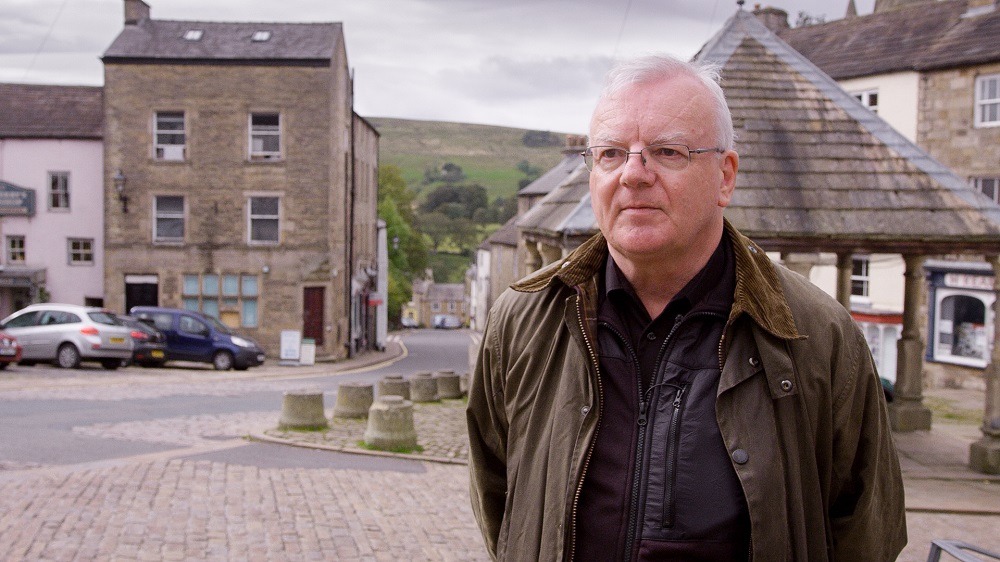
“If you think about it, Royal Mail has an obligation to deliver letters to someone on a farm within a similar time frame to someone in London.
“There’s no real business incentive for that but it manages to do that – and I don’t see the difference between a letter and an email, for which you need a good internet connection.”
Leese also notes how many young people who grow up on farms are leaving rural areas to live in large towns and cities, where they can guarantee good connectivity.
This means the local schools, shops and post offices are closing, and “the whole fabric of rural infrastructure is crumbling away”.
It’s a pertinent issue and one Leese feels passionate about
He adds: “It could be recovered if we transfer some of the technology like 5G to rural areas.”


